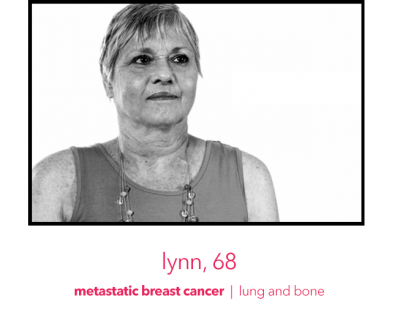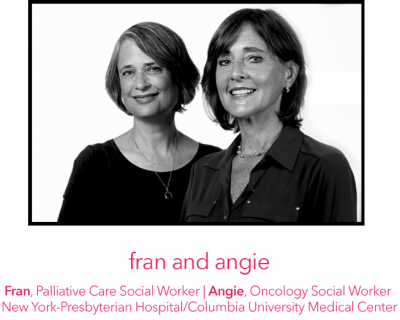

In my practice, I only see patients with breast cancer. Up to 10% of my patients have metastatic disease that has spread to other organs, and we follow them very closely.
I also do clinical research to find new treatments and strategies for patients with breast cancer—particularly metastatic breast cancer.
When I describe metastatic disease to patients, I say that it’s a marathon. We know that the cancer has spread and although it’s not curable, we have lots of treatments available to either shrink the disease or keep the disease stable.
This is a cancer for which they are going to need to continue therapy for the rest of their lives. But there are some patients with metastatic breast cancer who can live for a decade or more.
Even with the first line of treatment that we give in metastatic breast cancer, patients often stay on it longer than what we see with other Stage IV cancers. I always reiterate that, because it’s devastating to get this kind of news.
It’s upsetting for all of us when there’s a recurrence, especially in a situation where we treated early stage breast cancer and we did everything possible to get all the appropriate treatment. Sometimes things are just out of your hands, and that’s always very disappointing.
I don’t know if patients realize how much they affect our lives as providers.
Our relationship are exceptionally strong with patients who have metastatic disease because we follow them more regularly to make sure they’re tolerating their medicine and doing well. You get to know the person and his or her family. That’s a really unique situation.
One thing I tell these patients is to not be afraid to ask for help, because it’s easy for some people to put their head in the sand and just move through treatment like nothing is happening. Everyone reacts to this sort of news differently, but it’s important to recognize that you don’t have to go through this by yourself. Ask for help from whomever is in your support system.
My hope is that metastatic breast cancer will become a curable disease. But, outside of that, the key is having additional treatments that ultimately extend how long patients live and are also well-tolerated and manageable.
Each new drug that we can use to help patients will move the bar that much further.
SHARE DR. KEVIN KALINSKY’S STORY TO HELP KEEP THEM IN THE PICTURE.






